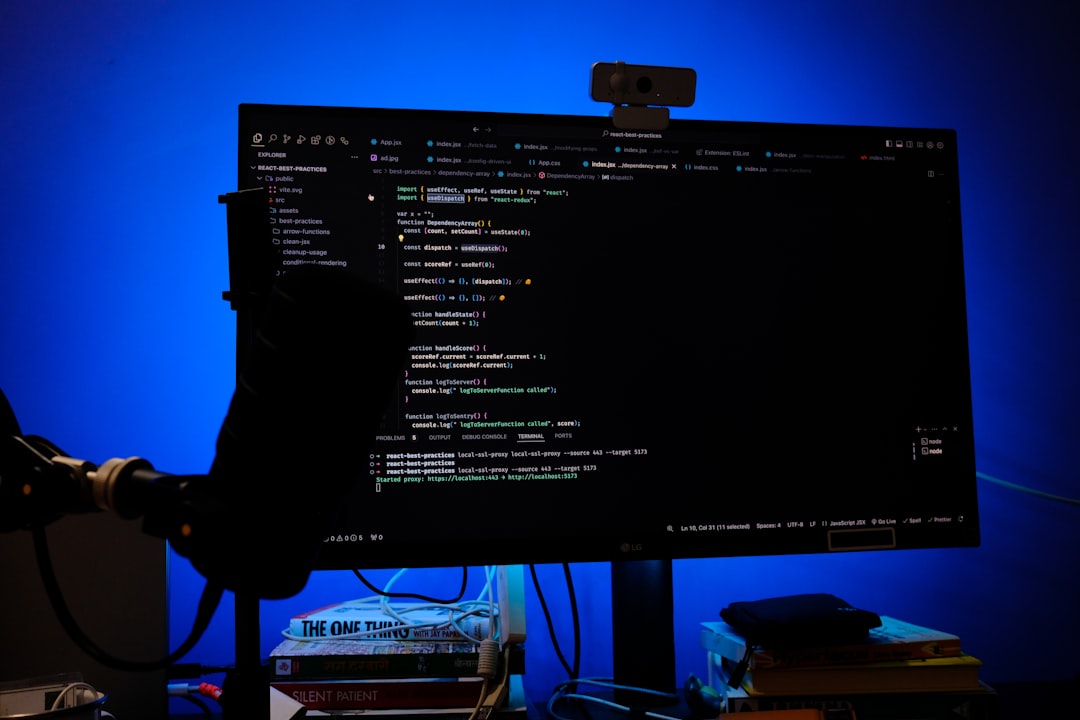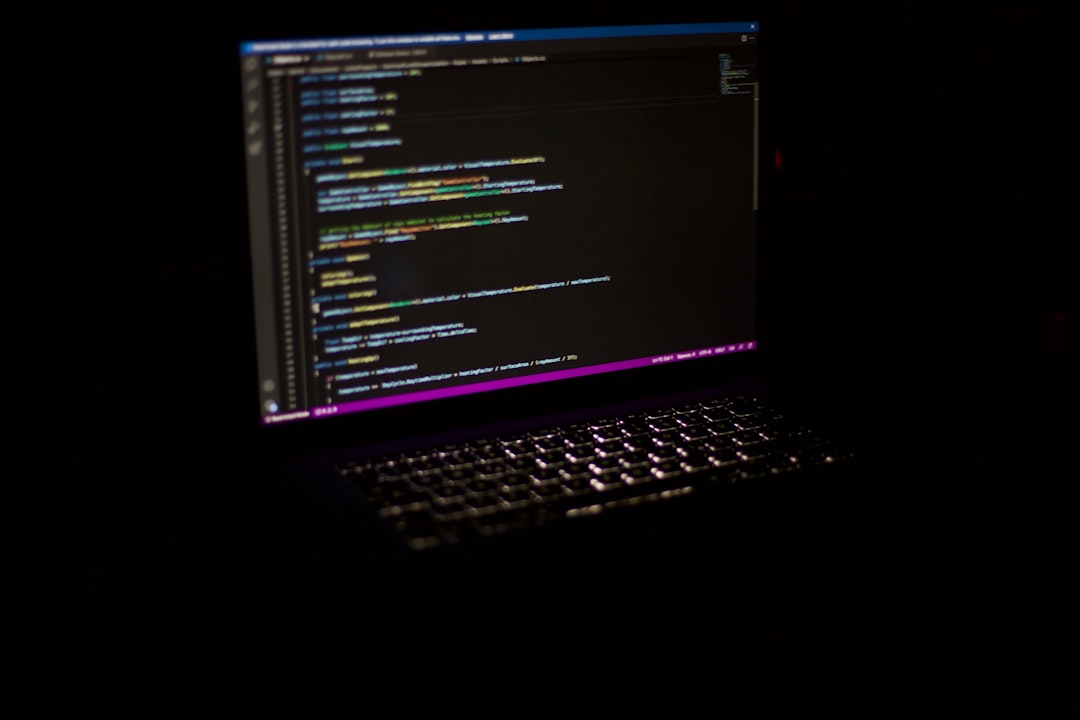When considering the security needs of development environments, operating systems form a foundational layer of trust and control. For decades, developers have debated the merits of Windows and Linux, and one area where Linux continually stands out is in security. Understanding what makes Linux preferable from a security standpoint is vital for both novice programmers and seasoned professionals seeking a robust, secure platform that integrates reliability with flexibility.
Contents of Post
Open-Source Transparency
One of the primary reasons developers gravitate toward Linux for security is its open-source nature. The Linux kernel, as well as almost every system software built for it, is open to peer review. This transparency provides outstanding advantages:
- Rapid Identification of Vulnerabilities: Bugs and flaws can be identified and fixed quickly by the vast global developer community.
- No Hidden Backdoors: Unlike many proprietary systems, Linux provides the ability to audit the entire operating system, increasing trust and accountability.
- Controlled Patching: Developers can apply security patches immediately, without waiting for vendor releases.
This model of “many eyes on code” reduces the risk of unnoticed security flaws lingering for long periods—a crucial reason Linux is trusted in sensitive roles including servers, embedded systems, and high-assurance applications.

System Permission Architecture
Windows and Linux differ significantly in how they handle access controls and user permissions. Linux employs a permission model based on the concepts of User, Group, and Others which is at the heart of its secure architecture.
By default, Linux operates with a philosophy of “least privilege”. This means that users, applications, and scripts have only the minimum access rights necessary to perform their tasks. Here’s how this enhances security:
- Root Access is Restricted: The root user has ultimate control, but access is carefully limited and usually requires deliberate action like using
sudo. - Multi-User Separation: Since Linux is built as a multi-user system, it isolates user environments, limiting the damage any compromised account can inflict.
- Granular Control: Developers can manage file permissions with precision, tailoring access as tightly as desired.
This architecture minimizes the risk of malware spreading system-wide and prevents unauthorized modifications to critical system files. Conversely, Windows’ traditional model often grants broader privileges by default, which malicious software can exploit.
Modularity and Minimal Installations
Linux distributions are famous for their modularity. Unlike Windows, which installs dozens of background services and features by default, Linux allows developers to choose exactly what gets installed, limiting the system’s attack surface.
This concept is particularly important in security-conscious environments. A smaller system footprint means:
- Fewer Potential Vulnerabilities
- Lower Resource Usage
- Greater Stability and Performance
Tools like iptables, AppArmor, and SELinux allow even deeper policy control, enabling developers to define fine-grain mandatory access controls. These tools are commonly used in enterprise-grade systems and offer defensive security in layers—often referred to as Defense in Depth.
Security Updates and Software Management
Security is not a one-time configuration—it is a continuous process. Linux’s approach to updates and package management is a key area where it excels. Most Linux distributions use robust package managers like apt, dnf, or pacman, allowing for seamless, secure installations and updates.
Advantages include:
- Centralized Package Repositories: These are maintained by the community or governing organizations and are generally vetted for security risks.
- Less Dependency on External Binaries: Unlike Windows software which may be downloaded from various third-party sites, Linux uses trusted repositories.
- Automated Updates: Linux users can configure systems to fetch and apply security patches automatically, often without requiring a restart.
Windows updates, while improved over time, have consistently been criticized for their opacity, forced reboot schedules, and lack of granular control. For developers responsible for critical services, timely and controlled patching is not just a luxury—it’s a necessity.
Prevalence in Server Environments
Linux dominates the server world for a reason. According to reports from W3Techs and Netcraft, over 70% of web servers run a variant of Linux. This dominance is not limited to web hosting—it extends to cloud platforms, container orchestration engines like Kubernetes, and development platforms such as Docker.

Why does this matter? For developers building cloud-native applications, understanding and working within a Linux environment aligns directly with production realities. The extensive logging systems, predictable behavior under load, and security-conscious defaults make it a superior choice in many professional scenarios.
Community and Support
Security is as much about knowledge-sharing as it is about software architecture. The Linux community is a powerful resource. Online forums, documentation, mailing lists, and IRC channels are filled with other developers and security professionals ready to help.
Furthermore, Linux distributions often have security-focused forks or variations, such as:
- Kali Linux: Used in penetration testing and ethical hacking.
- Qubes OS: Built with extreme isolation protocols.
- Tails: Designed for anonymity and leaving no trace.
Such specialization gives developers access to tools finely tuned for security-related tasks, something rarely seen in the Windows ecosystem without layered proprietary tools.
Windows Security Improvements: A Fair Perspective
While Linux offers numerous advantages, it’s important to acknowledge that Windows has made considerable strides in security, particularly with the advent of Windows Defender, User Account Control (UAC), BitLocker encryption, and more.
Microsoft has also moved toward a more unified approach with Windows 10 and 11 by integrating regular security updates and deploying cloud-connected threat intelligence. However, many of these features depend on enterprise subscriptions or additional software layers that are either paid or closed-source—factors that don’t affect Linux systems the same way.
The Bottom Line: Why Developers Choose Linux
Ultimately, developers choose Linux not because it is perfect, but because it offers a fundamental alignment between flexibility, transparency, and control. The Linux architecture encourages informed decision-making and mitigates the risks associated with black-box systems.
Here are the key reasons that make Linux a top choice for security-minded developers:
- Open-source transparency enables fast vulnerability detection.
- Fine-tuned user permissions reduce the spread of threats.
- Minimal default installations limit attack surfaces.
- Robust community and toolset empower proactive security practices.
Whether you’re building software, deploying code to production, or managing infrastructure, Linux provides a security-first experience that you can understand, control, and trust. It doesn’t shield developers from security risks—it prepares them to face those risks with informed strategies and powerful tools.
In a rapidly evolving threat landscape, the ability to audit, modify, and harden your system at every level is more than just an advantage—it’s a necessity.

